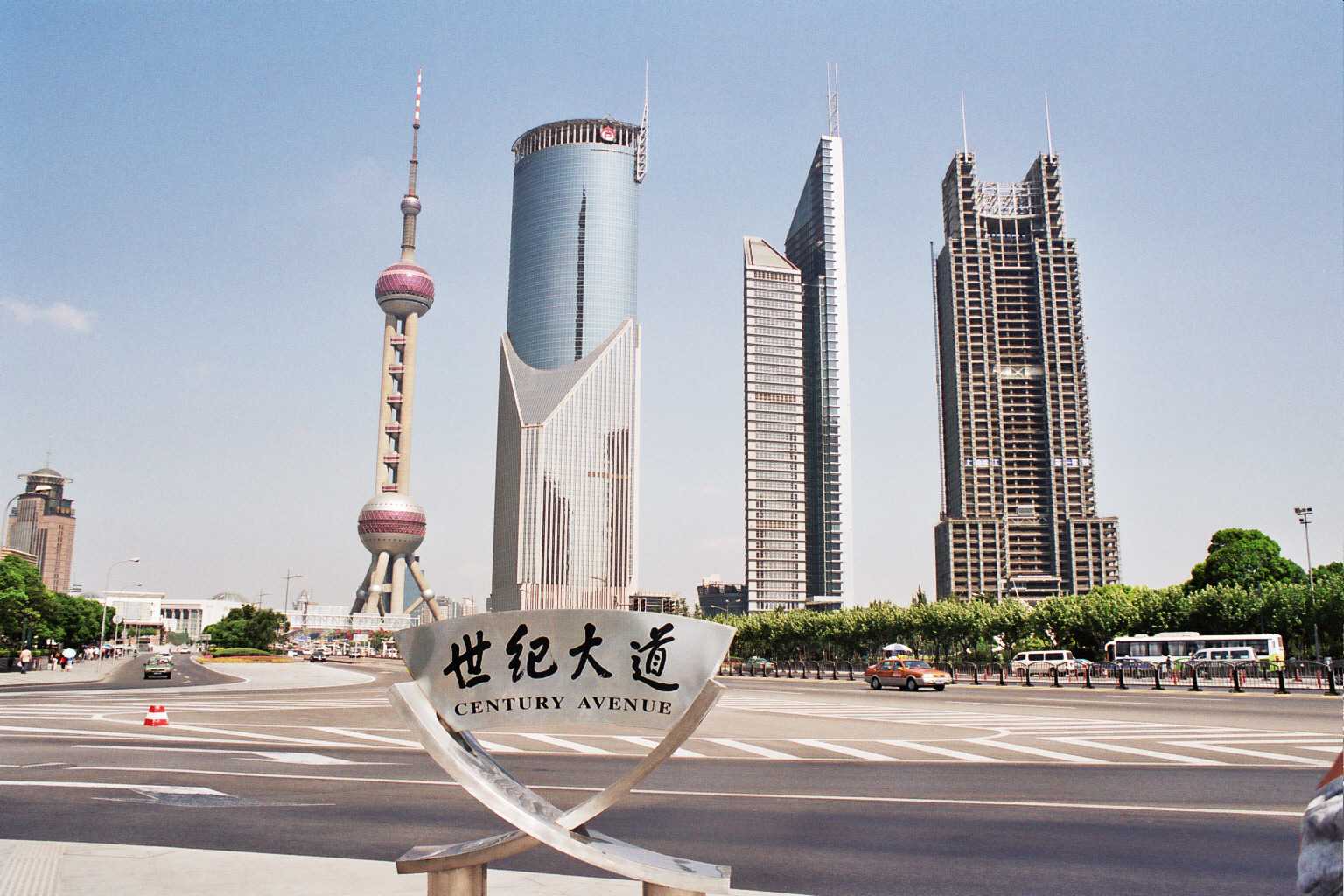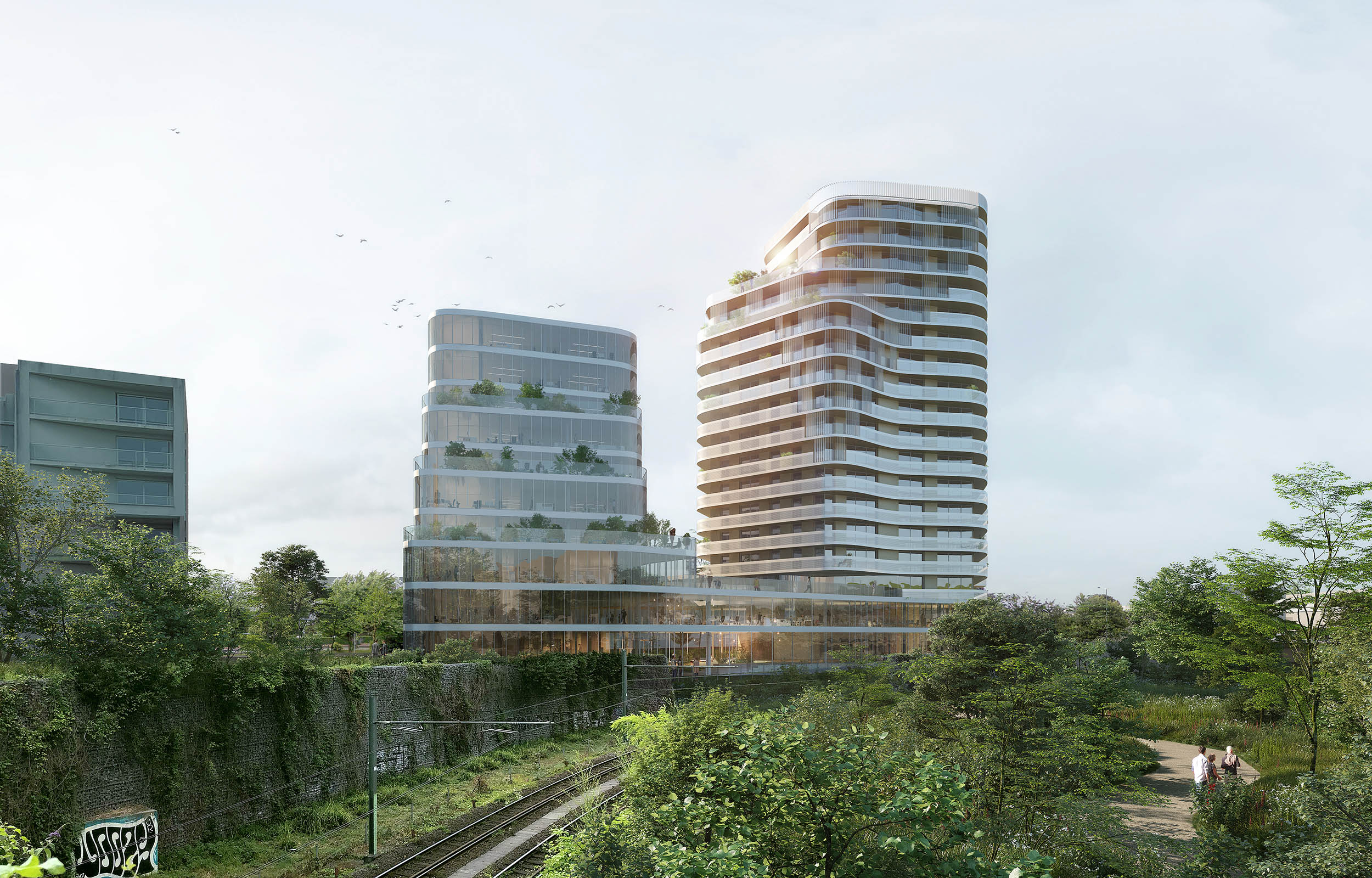
Semillas, Associative Architecture
Since 2014, Semillas has been building for others. Led by architect Marta Maccaglia, the association, based in Pangoa in northern Peru, has completed, in 2019 alone, a student residence, a 230-sq.m community centre and a nursery and primary school of 1,200 sq.m, all in a rural area. The architect chose the association model rather than the practice one to better meet the needs of the populations she works with. Not out of charity, she says, but to do the best architecture possible.
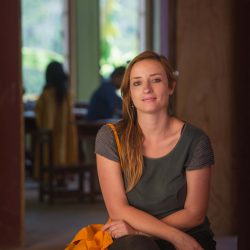
L’Architecture d’Aujourd’hui : How would you introduce Semillas?
Marta Maccaglia : Semillas has an Amazonian heart and spirit, even though it was founded by an Italian (myself), and is supported by volunteers; most of them are of Italian nationality. Semillas was born in 2014 in the city of Pangoa, in the Peruvian jungle. Before Semillas, I had been working on architecture and cooperation projects in Peru since 2011. I ended up living in the central jungle of Peru for 6 years and in 2014, I founded “Semillas”, a project of life, transformation and constant learning. We currently have three offices: one in Lima, one in Pangoa, in the central jungle, and another in the northern part of the country, in San Ignacio.
You choose to operate as an association. Why is that?
Our interest is in design and well beyond that. We are interested in the whole process and in the impact of architecture on people’s lives. We chose to operate as an association to be able to apply and access funding. Although I believe that the essence of a practice is not determined by whether one acts as an architecture office, a company or an NGO, what ends up characterising that practice is the way of operating, the ethics, the path one undertakes to make the projects a reality. To talk about our uniqueness compared to other practices, I think that, in general, architectural offices are interested in design while NGOs, that implement infrastructure projects, are interested in social impact (mostly with a quantitative approach). At Semillas, we are committed to doing both with architecture, shared processes, and social impact.
In addition, we noticed that in NGOs and government operations, although they seek to do good in most cases, they too often act without a deep knowledge of local realities, proposing top-down projects that sometimes, or often, end up being elefantes blancos or products of corruption. For this reason, we believe that it is necessary to be there, be present, listen to the population, generate ties and links with the people and local policies, accompany processes of social self-production, and work with a bottom-up approach.
What are for you the main constraints and advantages of working under this “association” banner?
The main limitation is to find economic sustainability. In Peru, non-profit associations like ours do not receive any support from the government, and the funds we get are used exclusively to finance the projects. So the main limitation we find is to have a team that is continuous and can be dedicated 100% to the association. However, this does not mean that there is no way to make it sustainable; we are on this path of learning and improving the model with each new step we take. The main advantage is that when we operate as independent projects, we gain greater freedom of action, making possible sustainable, cooperative and contextualised architectures, which would otherwise seem impossible from the public sector, for example, due to bureaucratic, regulatory and logistical obstacles.
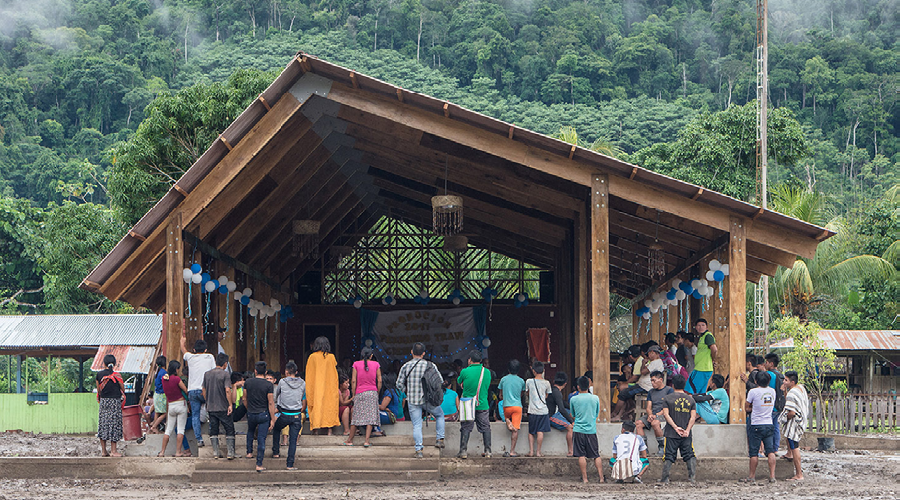
Could you tell us about your business model?
First of all, it is “cooperation”. The actors that make up this cooperation chain are national institutions such as ministries, municipalities, indigenous associations, environmental preservation institutions, private companies, and international institutions such as financing and cooperation entities, universities, NGOs or foundations. Our role in this cooperation mechanism is to assist the communities in management and economic sustainability strategies, generate links between actors, and define common objectives. This model celebrates cooperative work, in which each institution contributes from its area of expertise, with respect for the habitat and the different community’s voices. We have access to funds through applications to grant calls by public or private entities. We sometimes achieve construction costs in the range of $130 to $190 per square metre.
For example, for our Jerusalen de Miñaro school project, developed in 2016-2017, after the process of research and identification of the community, we applied for Costa Foundation funding, together with the non-profit association Volcafé Speciality Peru (VSP) Generations. We were able to construct 1,000 sq.m of new buildings and rehabilitate others of 269 sq.m at a total cost of $241,000. In the stages of participatory rural diagnosis and participatory design, through workshops with the community and local authorities, we came to identify and understand needs, recognise allied actors, elaborate agreements and commitments for the construction of the school.
In the territory of Pangoa (in the central jungle), our main allies are: the district municipality, to guarantee road maintenance for the transportation of materials; the association of native communities KANUJA (Unión Indígena Asháninka Nomatsiguenga del Valle Pangoa), which watches over the rights of their community; SERFOR (Servicio Nacional Forestal y de Fauna Silvestre) which watches over and guides us in the management and use of forest resources, such as wood; the Ministry of Education which accompanies us in all the management and guarantees the superintendence and maintenance of the infrastructure once it is completed. During the construction stage, the local construction company and the carpentry support the workers’ training, generating skills and jobs on site. We are all committed to the same goal.
Our work is not about social aid or charity, but it stands as a work of architecture.
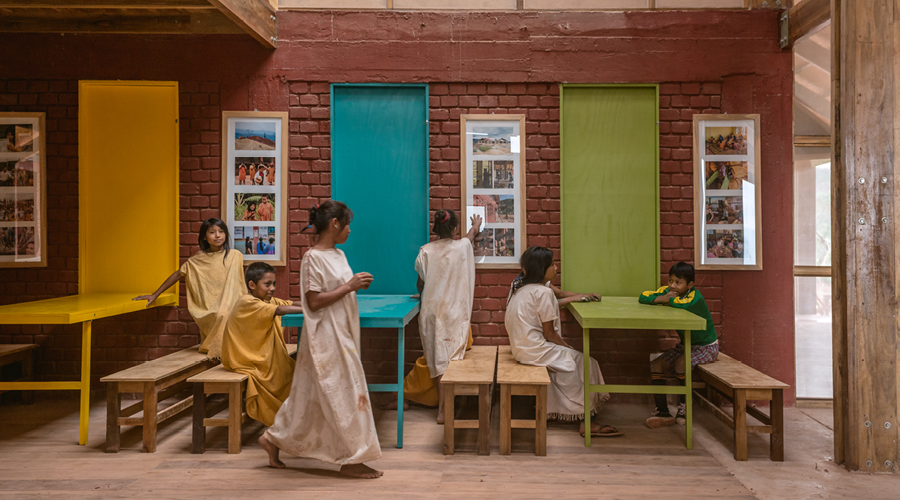
You work on each project along this participatory model. How would you describe your method?
The work we carry out together with the communities has a complex character because we address the multiple aspects of the social production of habitat. Social production understood as “the self-managed methods of collective production”, and habitat as the place where one lives, which is not only the house but also the environment, the neighbourhood, the city, the community spaces and finally, the school.
That is why we are involved in people-centred processes through participatory methods, guiding self-sustainable management mechanisms, which are, in our opinion, the only way to empower the actors involved and one of the principal means to have political incidence. Through participatory workshops, in addition to getting to know the community and its context in depth, there is an exchange of knowledge. Participation does not mean inviting the inhabitants to unilateral informative meetings or allowing them to express their opinion. Participation means listening and generating spaces for debate and reflection to share needs, problems, objectives and dreams, moments where we are all “participants”.
Deepening the methodology and reflection on participation, we believe that community participation is necessary at all stages of the process. We do not work for or by the community, we work together with it. Our work is not about social aid or charity, but it stands as a work of architecture that seeks to address inequality through participatory processes, putting at the centre of the debate the Peruvian context and the importance of reaching all territories with quality educational facilities.
-
Interview by Anastasia de Villepin
Learn more about Semillas on their website : www.semillasperu.com



